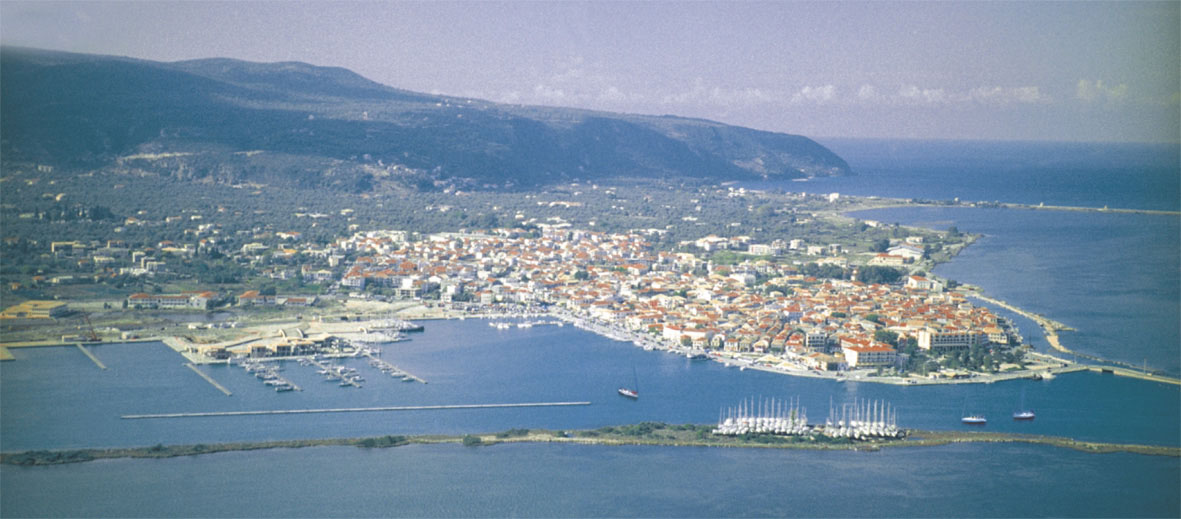 |
| About us HOME PAGE Speech & Arts Lefkas Festival Lefkas Folklore Festival Lefkas Percussion Festival Photo Gallery Postal adress & e-mail |
 |
| Welcome to Lefkas, the beautiful Ionian island |
| Lefkas, city of creation & culture |
| Nature and Culture Lefkas is famous for its magnificent sandy beaches. Alongside its natural riches, the culture and monuments of its rural areas combine to create the island's unique character. Lefkas the island that enchants... The dreamy, deep blue of the sea - gently embracing the vivid green hillsides, leading down to glorious, golden beaches - promises rest and relaxation to visitors. The idyllic sunset along with the cool sea breeze revives the legend of the lyric poet Sappho calling to handsome Phaon. Tradition and development go hand in hand, and visitors will not on any occasion feel the want of hospitality, entertainment and adventure. The greatness of the untamed natural landscape will lure those who pursue original experiances into seeking the adventure that lies in the island's depths. Like a siren, Lefkada will offer you excitement and unique moments. Geography and Culture Lefkas is one of the Ionian Islands, known as the "Eftanissa" in Greek, wich lie in the Ionian Sea.The island is less than 100 meters from the mainland coast of Akarnania, to wich it is linked by a floating bridge. The canal of Lefkas is 50 meters wide.Lefkas has an area of 302.5 square kilometers and is the fourth largest of the Ionian Islands with a population of 23.000. The Prefecture of Lefkas consists of Lefkada and the surrounding small islands of Meganissi, Kalamos, Kastos, Skorpios, Skorpidi, Madouri, Sparti, Thileia and Kythros. The Prefecture is divided into six municipalities and two communities. The capital of the Prefecture is Lefkada town. Lefkada has a Mediterranean climate. It has many hours of sunlight daily and is typified by mild winters with increased rainfall and hot summers with cool breezes. 70% of the island's terrain is mountainous. It has tall mountains, the tallest peak being in the centre at Stavrota (1182 m.). The western side of Lefkas is precipitous with many long, sandy beaches. It also has narrow plateaus, fertile valleys and ravines with rich vegetation. Olive trees are spread over the whole island whilst cypress tress grow here and there, creating a distinct landscape. The island's exceotional flora includes many pine forests and some forests with a special variety of oak tree. Lefkas has plenty of waters, mainly springs but also streams wich flow high above, creating small waterfalls.In the north of the island is a lagoon wich provides an important wetland environment for many species of birds. . |